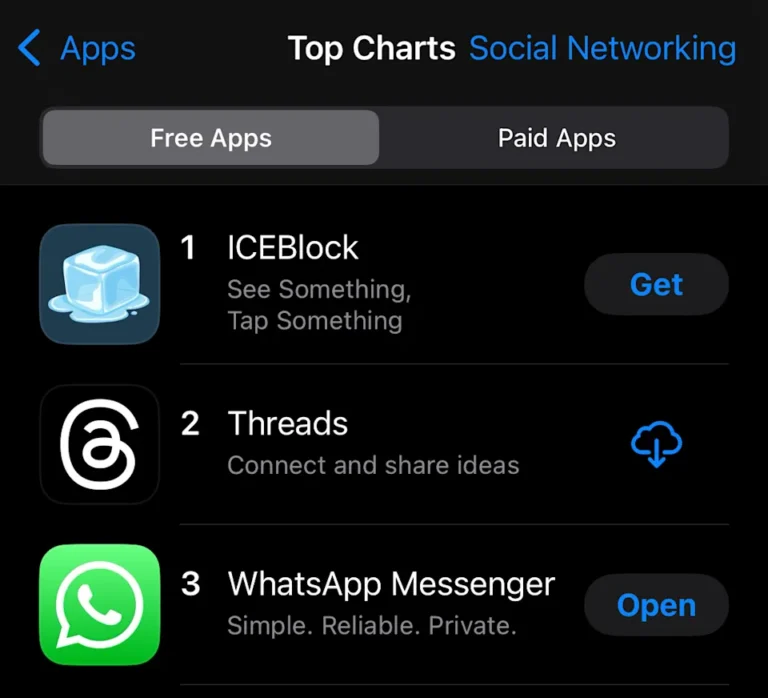The Ultimate Guide to Sports Gear: Elevate Your Performance with the Right Equipment
Introduction
The right sports gear can make the difference between a good workout and a great one—between injury and peak performance. Whether you’re a professional athlete, a weekend warrior, or a fitness newbie, understanding how to choose and use sports equipment effectively is crucial. This comprehensive guide explores the science behind sports gear, the latest innovations, and expert recommendations to help you maximize your performance, safety, and enjoyment in any sport or fitness activity.
Section 1: The Science of Sports Gear
1.1 How Equipment Affects Performance
- Biomechanics: How shoes, rackets, and clubs influence movement efficiency
- Energy transfer: The role of equipment in power output (e.g., running shoes, cycling pedals)
- Material technology: Carbon fiber, moisture-wicking fabrics, and impact-absorbing foams
1.2 Safety & Injury Prevention
- Protective gear: Helmets, pads, and braces—what’s necessary for your sport?
- Footwear stability: How the right shoes prevent ankle, knee, and hip injuries
- Overuse injuries: How improper equipment (e.g., worn-out shoes, wrong racket grip) leads to long-term damage
1.3 The Psychology of Gear
- Does high-end equipment boost confidence?
- The placebo effect of wearing “pro-level” gear
- Minimalism vs. tech-heavy gear debates
Section 2: Essential Gear for Popular Sports
2.1 Running
- Shoes: Cushioned vs. minimalist, road vs. trail
- Watches & trackers: GPS accuracy, heart rate monitoring
- Compression wear: Science behind performance socks and sleeves
2.2 Strength Training
- Weightlifting shoes: Heel elevation and stability benefits
- Belts & straps: When (and when not) to use them
- Gloves vs. barehanded: Grip strength trade-offs
2.3 Cycling
- Bike fit: Why frame size matters more than brand
- Clipless pedals: Efficiency gains for road vs. mountain biking
- Aero helmets & skinsuits: Worth the investment?
2.4 Team Sports (Basketball, Soccer, etc.)
- Cleats vs. turf shoes: Traction science
- Ball technology: How materials affect control and durability
- Mouthguards: Concussion prevention research
2.5 Racquet Sports (Tennis, Badminton, Pickleball)
- Racket weight & balance: Power vs. control
- String tension: How it affects spin and feel
- Vibration dampeners: Do they really help?
Section 3: Smart Gear Selection
3.1 How to Choose the Right Equipment
- Sport-specific needs: A runner’s checklist vs. a weightlifter’s
- Body type considerations: Shoe width, racket grip size, bike frame geometry
- Skill level matching: Why beginners shouldn’t buy pro gear
3.2 Budget vs. Premium Gear
- Where to invest: Shoes, helmets, and protective gear
- Where to save: Accessories and non-critical items
- Mid-range gems: Best value-for-money brands
3.3 Fitting & Customization
- Gait analysis for runners
- Bike fitting sessions
- Custom orthotics: Who needs them?
Section 4: Maintenance & Longevity
4.1 Cleaning & Care
- Washing moisture-wicking fabrics the right way
- Shoe rotation: Why you need multiple pairs
- Storing gear to prevent mold and wear
4.2 When to Replace Equipment
- Running shoes: The 300–500 mile rule
- Helmets: Impact vs. age degradation
- Bike chains & cables: Signs of wear
4.3 DIY Repairs vs. Professional Servicing
- Fixing a flat bike tire vs. wheel truing
- Replacing gym machine parts
- When to retire old gear
Section 5: Emerging Tech & Future Trends
5.1 Wearable Tech
- Smart fabrics with biometric tracking
- AR glasses for real-time coaching
- AI-powered swing analyzers (golf, tennis)
5.2 Sustainable & Eco-Friendly Gear
- Recycled materials in shoes and apparel
- Plant-based leather for gloves and balls
- Modular gear designed for repairs, not replacement
5.3 3D Printing & Customization
- Personalized shoe midsoles
- Tailored bike frames based on body scans
- On-demand gear printing at sporting events
Section 6: Common Gear Mistakes to Avoid
6.1 Buying for Looks Over Function
- Style vs. support trade-offs
- Over-accessorizing: When less is more
6.2 Ignoring Fit & Comfort
- Sizing myths (e.g., “They’ll stretch out”)
- Breaking in vs. wrong fit
6.3 Falling for Gimmicks
- “Revolutionary” gadgets with no scientific backing
- Celebrity endorsements vs. actual performance benefits
Conclusion: Building Your Perfect Gear Kit
Great athletes aren’t made by gear alone—but the right equipment can optimize training, prevent injuries, and enhance enjoyment. Follow these steps to build your ideal setup:
- Assess your sport’s demands (e.g., running surfaces, gym equipment needs).
- Prioritize fit and safety over brand names.
- Maintain gear properly to extend its lifespan.
- Upgrade strategically as skills progress.
Final Tip: Before buying, test gear whenever possible—many running stores offer treadmill analyses, and bike shops provide test rides.
Discussion:
- What’s the best piece of sports gear you’ve ever bought?
- Any gear regrets or lessons learned?
- What futuristic sports tech are you most excited about?
Your performance upgrade starts with the right gear—choose wisely!






